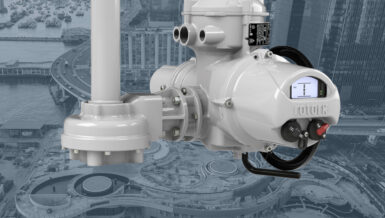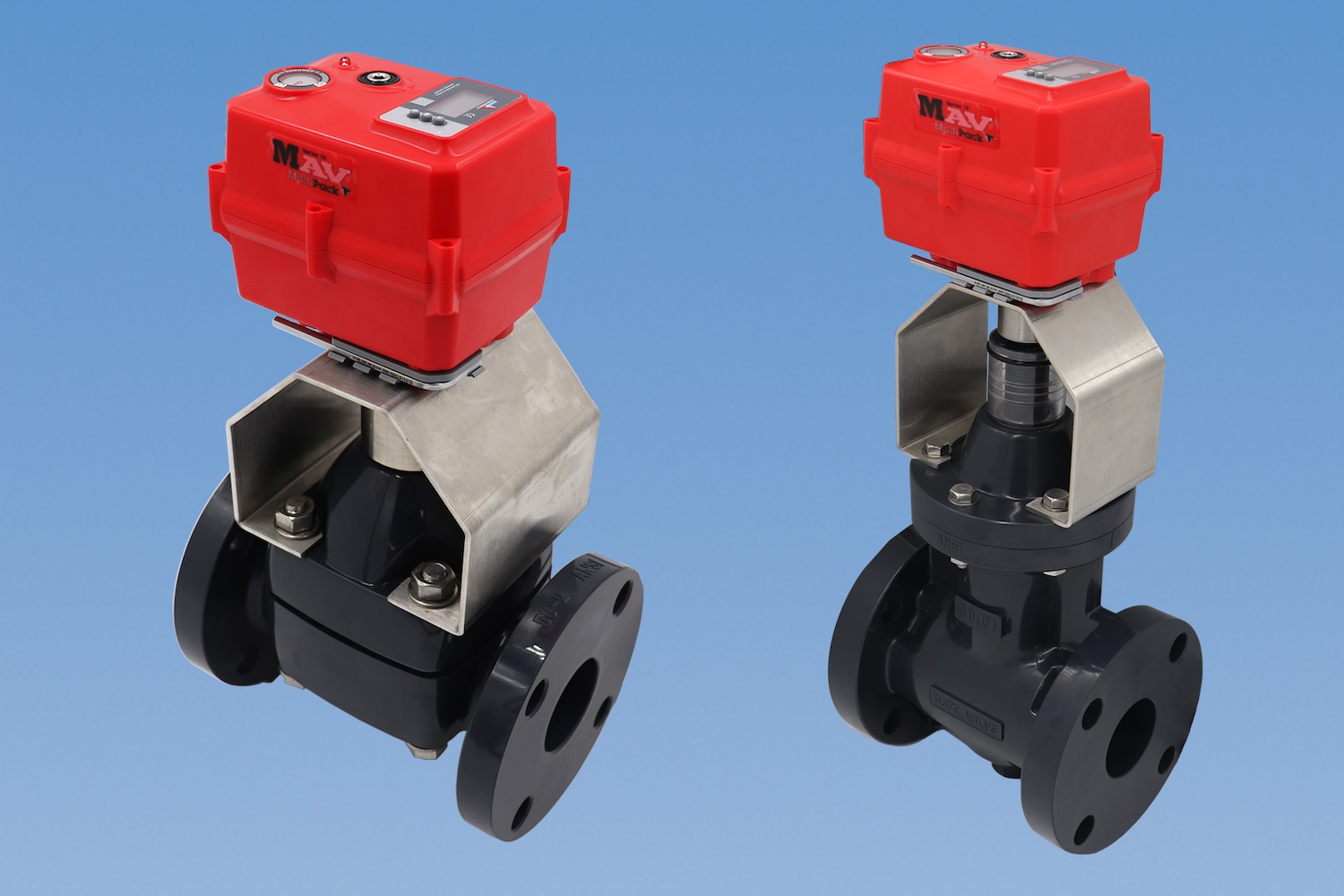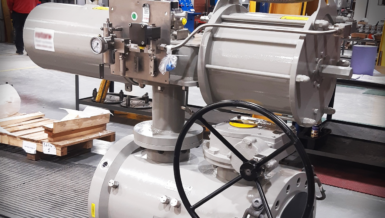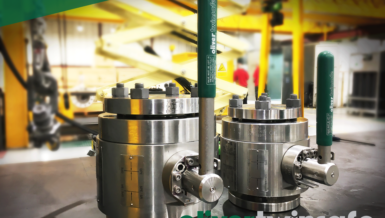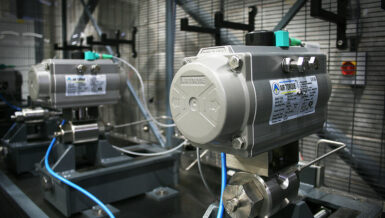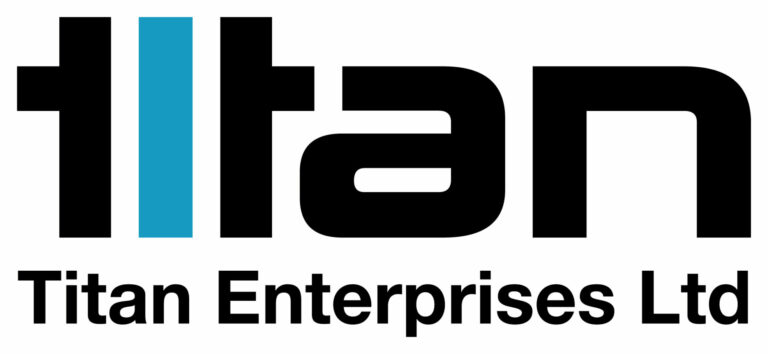Summary
Rotork CVL linear process control actuators were provided to the French equipment manufacturer, AREVA H2Gen where they play a critical role within a hydrogen generator.
Overview
Hydrogen is a fuel source that is carbon-free when burnt because it releases no emissions. A process that creates “hydrogen” is electrolysis; running an electric current through water. Oxygen and hydrogen are produced. The energy used in this process can be a surplus from renewable sources. When the fuel used and processes undertaken do not involve the creation of carbon emissions, this hydrogen can be truly be considered carbon neutral. The electricity that is applied to the water is sourced from surplus wind and solar energy producers. The carbon-free hydrogen that is produced can replace fossil fuel-based hydrogen and is easy to store in a way in which electricity isn’t. It is therefore easily transportable and can be injected into existing gas networks or used in transport networks.
Challenge
Hydrogen production through electrolysis requires extremely precise control; any actuator installed would need to provide accurate control, a fail-safe action, and a high-duty cycle.
Solution

Each electrolysis skid has three CVL actuators mounted on globe valves to regulate the pressure and level of the water used for electrolysis. CVL-500 actuators were chosen for their high movement frequency, quick reactivity, fail-safe functionality (using built-in supercapacitors), and ATEX and IECEx certification. They offer a highly accurate and responsive method of automated control valves, with resolution figures of better than 0.1% and the ability to eliminate position overshoot.
Customer Benefits
In order for the process to be completed successfully, very precise control is needed. CVL-500 actuators were chosen for their high movement frequency and their quick reactivity. The fail-safe functionality (using built-in supercapacitors) of the actuators was important to prevent potential disaster on the loss of power. Additionally, their ATEX IIC certification was a further requirement; this is essential in an environment where hydrogen is present. The robust design of CVL actuators ensures that they will have a long life in this application, helping to mitigate the cost by reducing the need for replacements.




